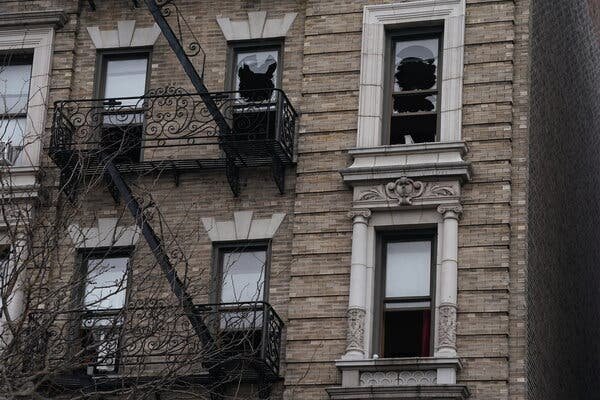Explore Polaroid photos from New York’s vibrant 1980s club scene in the new book “Camera Girl.”
Sharon Smith, a photographer known for her work capturing the vibrant New York City club scene of the 1980s, used a Polaroid SX-70 camera to document the nightlife at iconic venues such as Area, Roseland Ballroom, the Roxy, and the Palladium. Her photographs also include shots of famous personalities like Iggy Pop, Madonna, David Bowie, and Prince during their early years. These images, developed and sold on the spot to club-goers, offer a nostalgic look back at a time before the devastating impact of AIDS on the city. “Camera Girl,” a new book published by Idea, showcases Smith’s unique perspective and adds to the collection of works by talented self-taught photographers who captured the essence of urban nightlife in bygone eras.
In a recent interview, Sharon Smith, now 73, discussed her experiences documenting the “sex-crazed,” “drug-fueled,” and “gender-bending” club scene of 1980s New York. She shared insights into the fashion trends and styles that were prevalent at the parties she photographed. Smith’s journey into club photography began when she approached the Roxy club, initially aiming to work as a cigarette girl but ultimately becoming the designated camera girl. Embracing the persona of “Rose,” she dressed in elegant black dresses and pumps reminiscent of a classic movie character from the 1940s, setting the tone for her role as a photographer in the nightlife scene.
Prior to her club photography, Smith honed her skills by capturing street scenes, including trips to Coney Island where she experimented with her Polaroid SX-70 camera. The immersive process of waiting for the instant photos to develop intrigued her, leading her to explore clubs with high foot traffic to sell her images. This transition from street photography to club scenes allowed Smith to document the energy and excitement of the bustling nightlife in 1980s New York City.
Sharon Smith’s work, alongside other notable photographers like Bill Butterworth, Chantal Regnault, and Jamel Shabazz, contributes to a visual archive of urban nightlife that reflects the cultural vibrancy and diversity of past eras. Through her lens, Smith captured the fleeting moments of joy, creativity, and self-expression that defined the club scene of her time, offering viewers a glimpse into a bygone era of New York City’s social landscape. “Camera Girl” serves as a testament to Smith’s artistic vision and her ability to preserve the essence of a dynamic and transformative period in the city’s history.
Source: The NY Times









